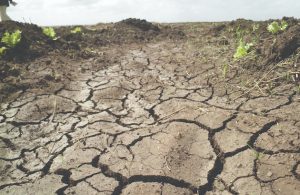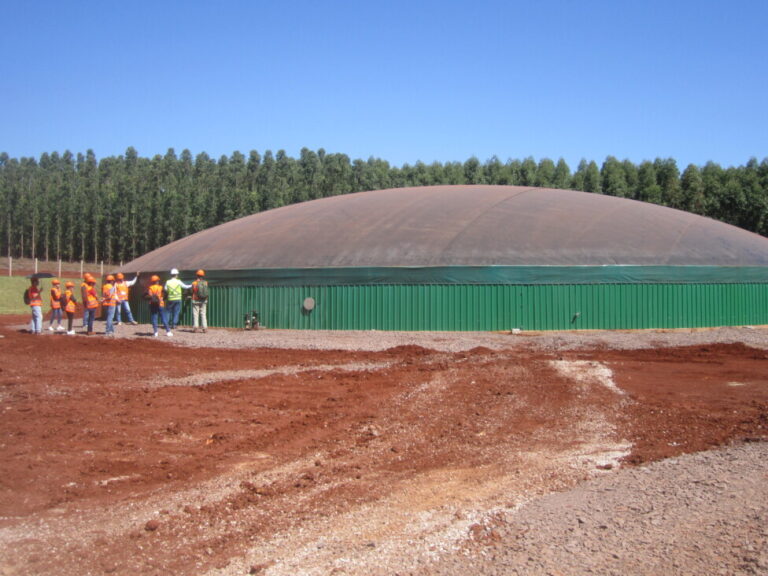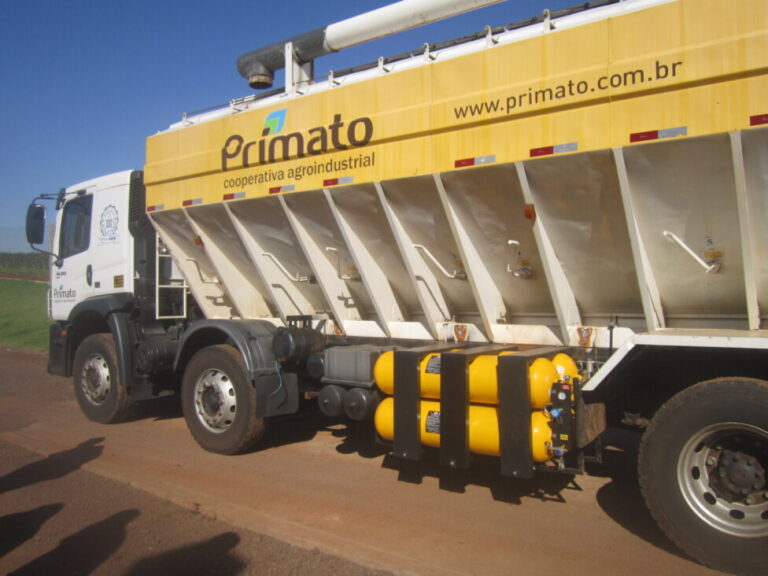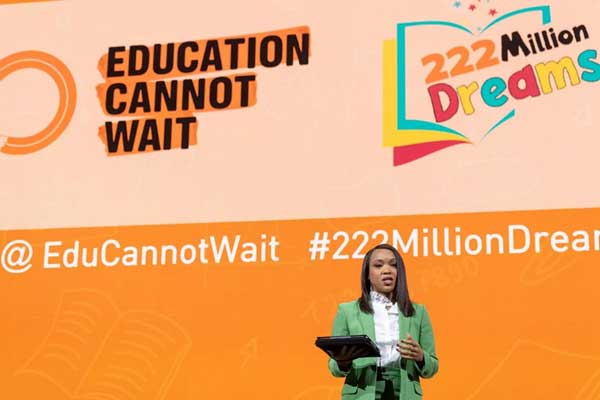SALT LAKE CITY and TORONTO and MONTRÉAL, May 08, 2023 (GLOBE NEWSWIRE) — Recursion (NASDAQ: RXRX), a leading clinical stage TechBio company decoding biology to industrialize drug discovery, today announced it has signed agreements to acquire two companies in the AI–enabled drug discovery space: Cyclica and Valence.
"Recursion has pioneered the massive, parallel generation of –omics data with machine learning in order to map and navigate biology to discover new medicines faster. The strategic acquisitions of Cyclica and Valence add industry–leading capabilities in digital chemistry, as well as machine–learning and artificial intelligence, which combined with our large–scale automated wet–laboratories and supercomputing capabilities, enables us to deploy what I believe is the most complete, technology–enabled drug discovery solution in the biopharma industry. We look forward to showing the world proof of the compounding benefit of this full–stack approach through the rapid acceleration of our pipeline and partnerships. Amidst a rapidly accelerating global race for technology talent, these acquisitions cement Recursion as the center of gravity for the best and brightest in ML and AI who want to reimagine how drugs are discovered," said Chris Gibson, Ph.D., Co–Founder and CEO of Recursion. "I am so excited to welcome the Cyclica and Valence teams to Recursion, especially at such a dynamic moment in history when machine learning and artificial intelligence are creating so much rapid change across every industry."
Cyclica, headquartered in Toronto, has built two highly differentiated products in the digital chemistry space which will be integrated into the RecursionOS. MatchMaker is an AI–enabled deep learning engine that predicts the polypharmacology of small molecules as the foundation for small molecule drug discovery. It is able to generalize across the proteome and uses both AlphaFold2 structures and homology models. POEM (Pareto Optimal Embedding Model) is a unique similarity–based property prediction model. In contrast to other AI prediction models, POEM uses multiple types of molecular fingerprints to describe molecules, providing a much richer measure of similarity that leads to greater accuracy.
"Cyclica and Recursion both believe in the value of industrializing drug discovery," said Naheed Kurji, CEO and Co–Founder of Cyclica. "Combining our proteome–wide prediction of small molecule–target interactions into Recursion's data universe will create one of the largest fit–for–purpose biological and chemical datasets in the drug discovery space. Together, I believe Recursion will have an immense impact on human health in the years to come."
Valence, headquartered in Montral at Mila, the world's largest deep learning research institute, is committed to unlocking the full potential of deep learning in the drug discovery process. The company has pioneered the application of low–data learning in drug design, unlocking the ability to design differentiated small molecules with improved properties and function from datasets too small, sparse, or noisy for traditional deep learning methods. Valence has an unparalleled track record of innovation in molecular machine learning, including best–in–class methods for AI–enabled structural biology, generative chemistry, and multi–parametric optimization, ultimately enabling the design of best–in–class or first–in–class chemistry against challenging biology.
"The integration of Valence's powerful AI–based chemistry engine into Recursion's diverse and data–rich operating system will help unlock the true power of AI–first digital chemistry and drug discovery," said Daniel Cohen, CEO and Co–founder at Valence Discovery. "Recursion is a leader in technology–enabled drug discovery with a proven track record of leveraging data to uncover novel biology, and I'm thrilled for our teams to join forces and combine our respective strengths to rapidly advance new medicines to patients who need them."
Joining forces with Recursion's Montral deep learning research office, Valence will become an artificial intelligence and machine learning research center to be led by Daniel Cohen with continued advisory from Yoshua Bengio.
"The acquisition of Valence gives Recursion the opportunity to create a true center of excellence for some of the most compelling AI/ML research in the world," said Yoshua Bengio, deep learning pioneer and scientific advisor to both Recursion and Valence. "With this newly integrated group housed in the Mila ecosystem, Recursion's team of researchers in AI and ML for drug discovery reaches a critical mass at a crucial time in the development of new AI algorithms for scientific discovery."
Terms of the Acquisitions
Recursion has entered into agreements to acquire Cyclica for a purchase price of $40 million and Valence for a purchase price of $47.5 million, in each case subject to customary closing and post–closing purchase price adjustments. The purchase price in the acquisitions will be payable in the form of shares of Recursion Class A common stock, shares of a subsidiary of Recursion exchangeable for shares of Recursion's Class A common stock and the assumption of certain outstanding Valence and Cyclica options. In certain limited circumstances, Recursion may pay nominal cash consideration to Valence and Cyclica shareholders in lieu of such exchangeable shares or Recursion Class A common stock. Recursion expects no material change to its cash runway as a result of these acquisitions. Recursion expects both acquisitions to be completed in the second quarter of 2023, subject to applicable closing conditions.
About Recursion
Recursion is a clinical stage TechBio company leading the space by decoding biology to industrialize drug discovery. Enabling its mission is the Recursion OS, a platform built across diverse technologies that continuously expands one of the world's largest proprietary biological and chemical datasets. Recursion leverages sophisticated machine–learning algorithms to distill from its dataset a collection of trillions of searchable relationships across biology and chemistry unconstrained by human bias. By commanding massive experimental scale "" up to millions of wet lab experiments weekly "" and massive computational scale "" owning and operating one of the most powerful supercomputers in the world, Recursion is uniting technology, biology and chemistry to advance the future of medicine.
Recursion is headquartered in Salt Lake City, where it is a founding member of BioHive, the Utah life sciences industry collective. Recursion also has offices in Toronto, Montral and the San Francisco Bay Area. Learn more at www.Recursion.com, or connect on Twitter and LinkedIn.
About Cyclica
As a neo–biotech, Cyclica is efficiently advancing an industry–leading, robust and sustainable drug discovery portfolio focused on CNS, oncology, and auto–immune diseases. Cyclica has built the only generalizable platform across the entire proteome, expanding the target space for low–data targets, including AlphaFold2 structures, PPIs, and mutant oncogenic targets. Cyclica has brought together a diverse and experienced team of biologists, chemists, computer scientists, and business professionals who are collectively passionate about changing the drug discovery paradigm. By exploring the unexplored, and drugging the undrugged, Cyclica strives to impact patient health like never before. For more information, please visit: www.cyclicarx.com.
About Valence Discovery
Valence is harnessing a revolution in computation to improve human health. The company is a leader in developing and deploying AI and physics–based technologies to enable the design of differentiated small molecules with improved properties and function. Following successful partnerships with leading biotech and pharmaceutical companies, and an unparalleled track record of innovation featured in top AI journals and conferences, Valence has built a team of interdisciplinary industry veterans and computational experts focused on rapidly advancing a portfolio of internal drug discovery programs. Valence launched publicly in 2021, is supported by leading biotech and deeptech investors, and is headquartered in Montral. To learn more, please visit www.valencediscovery.com.
Media Contact
Investor Contact
Investor@Recursion.com
Forward–Looking Statements
This document contains information that includes or is based upon “forward–looking statements” within the meaning of the Securities Litigation Reform Act of 1995, including, without limitation, those regarding the timing and completion of the Cyclica and Valence acquisitions and the outcomes and benefits expected from such acquisitions; Recursion OS and other technologies; business and financial plans and performance, including cash runway; and all other statements that are not historical facts. Forward–looking statements may or may not include identifying words such as "plan," "will," "expect," "anticipate," "intend," "believe," "potential," "continue," and similar terms. These statements are subject to known or unknown risks and uncertainties that could cause actual results to differ materially from those expressed or implied in such statements, including but not limited to: challenges inherent in pharmaceutical research and development, including the timing and results of preclinical and clinical programs, where the risk of failure is high and failure can occur at any stage prior to or after regulatory approval due to lack of sufficient efficacy, safety considerations, or other factors; our ability to leverage and enhance our drug discovery platform; our ability to obtain financing for development activities and other corporate purposes; the success of our collaboration activities; our ability to obtain regulatory approval of, and ultimately commercialize, drug candidates; our ability to obtain, maintain, and enforce intellectual property protections; cyberattacks or other disruptions to our technology systems; our ability to attract, motivate, and retain key employees and manage our growth; inflation and other macroeconomic issues; and other risks and uncertainties such as those described under the heading "Risk Factors" in our filings with the U.S. Securities and Exchange Commission, including our Annual Report on Form 10–K. All forward–looking statements are based on management's current estimates, projections, and assumptions, and Recursion undertakes no obligation to correct or update any such statements, whether as a result of new information, future developments, or otherwise, except to the extent required by applicable law.

GLOBENEWSWIRE (Distribution ID 8833750)


















